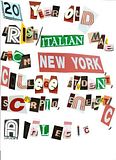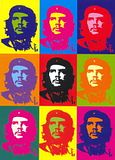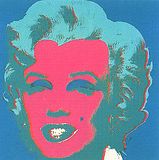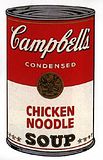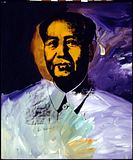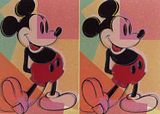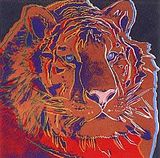Activity #10-Mediums and Techniques

Thomas Cole
oil on canvas

The Vintagers, 1878
Auguste Renoir
oil on canvas
Auguste Renoir
oil on canvas
The two Paintings (The Vintagers; The Voyage of Life: Manhood) I chose have the same medium. They are both oil on canvas. The first painting The Vintagers is an Impressionist piece of the late 19th century. In this painting, the paint used seems thick, due to the over lapping of colors particularly the yellows and greens of the feilds. The shadowing in the middle of the field and behind the trees mixes in with the rest of the painting, developing a feel of thick brush strokes. These thick brush strokes create an active quality to the painting, portraying the time of day by showing the villagers coming home and the shadow the trees make. A technique called alla prima, Italian for “all in one go,” seems to be used in this painting. This is a type of spontaneous approach, where bold slashing brush strokes are an important part of the piece. This can be seen in The Vintagers, in that there is no real detail at all, as if the painting was made quickly and without a stop. Many Impressionist paintings also follow this technique.
The other oil on canvas painting follows a different technique altogether. The Voyage of Life: Manhood has detail and visible characters in it. This technique is known as glazes, thin, translucent veils of color applied over a thicker layer of underpainting. There were no rash decisions made in the painting, like in The Vintagers, it was well thought out and planned exactly where everything was to go. There is a lot of detail because of the time consumed on this painting. The artist wanted there to be a main character, a focal point, and images hidden all to add to the overall feel and meaning to the painting.
